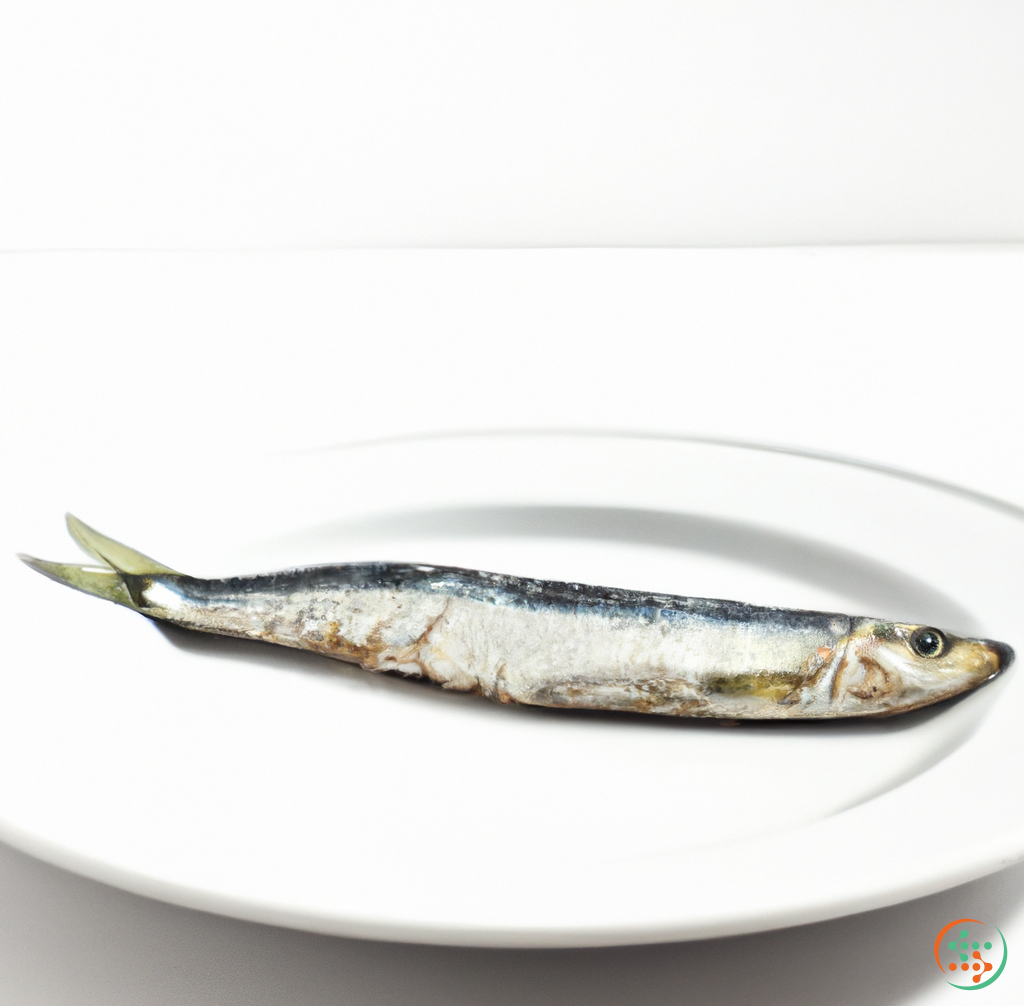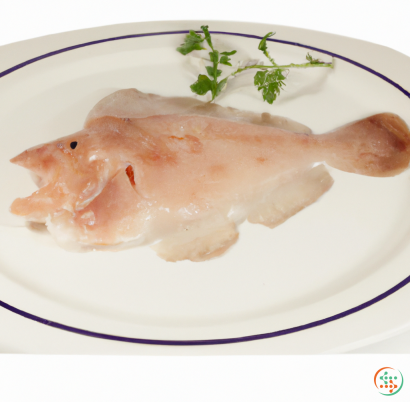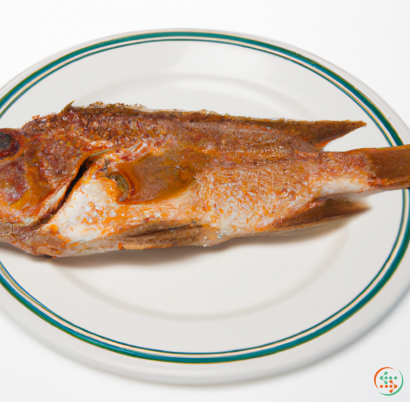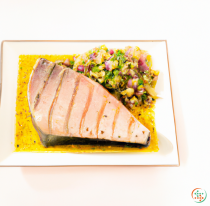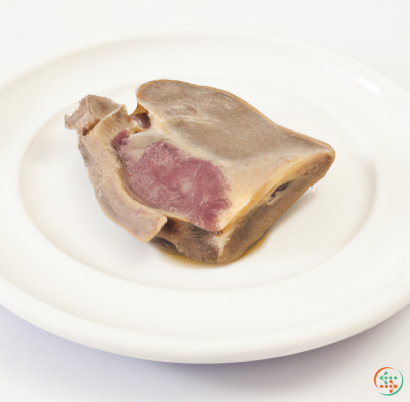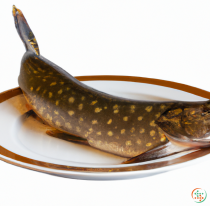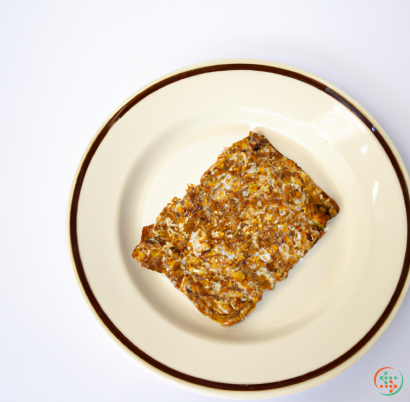Sardine
Sardines are one of the most well-known types of fish, and for good reason. Not only are they highly nutritious and tasty, but they’re also incredibly versatile, and can be eaten fresh, smoked, dried, canned, or even frozen. In some parts of the world, they’re also a delicacy, served as part of a traditional meal. But what exactly are sardines, and how should you prepare them?
A sardine is a small, oily, saltwater fish of the family Clupeidae, which comprises the true herrings, shads, and related species. The term ‘sardine’ encompasses a variety of different species, including those commonly referred to as pilchards, brisling, and sprats. They typically measure between 8 and 10 cm in length, with the exception of some larger varieties, such as the Spanish sardine, which can grow up to 40 cm long. Sardines can be found in waters all over the world, from the Mediterranean to the coasts of Chile and South Australia.
In terms of nutrition, sardines are something of a jack of all trades. They’re an excellent source of protein, healthy fats, vitamins, and minerals. High in omega-3 fatty acids, they’re also good for reducing cholesterol and helping to improve heart health. Eating sardines can also provide a boost of energy, thanks to the presence of B vitamins. And with a high level of vitamin D, they're a great addition to any diet.
When it comes to preparation, sardines can be cooked in a wide range of ways. Perhaps the simplest is to grill them, which keeps them succulent and full of flavor. Alternatively, they can be added to a number of dishes, from salads to soups and stews, or simply eaten on their own as a tasty snack. Canned sardines are also popular, and are available in a variety of flavors.
For those looking for something to serve with their sardines, a variety of sauces and condiments can be used, depending on individual tastes. A classic combination is to pair sardines with lemon, which helps to bring out the salty, sweet flavor of the fish. Alternatively, spices and herbs, such as paprika and parsley, can be used to create a more complex and interesting flavor profile.
Smoked sardines can also be a wonderful addition to sandwiches, salads and pastas. However, it’s important to remember that some smoked varieties are highly salted and can be high in sodium, so it’s best to check the label when buying.
Whichever way you choose to prepare them, sardines are a fantastic addition to any meal. Not only are they full of good nutrients and packed with flavor, but they’re also incredibly versatile and can be enjoyed in a range of different dishes. Fresh, canned, or smoked, there’s no doubt that sardines will always be a hit.
A sardine, scientifically known as Sardina pilchardus, is a type of small, oily fish that is enjoyed around the world as a dietary staple. These tiny silver fish—sometimes known as pilchards—are primarily found in the Mediterranean Sea, North and South Atlantic, Pacific, and Indian Oceans. Within the last century, the demand for sardines has exploded, leading to their appearance on dinner tables worldwide. But, how do these fish go from frolicking in the open ocean to becoming a part of a delectable meal?
From Hatch to Catch: The Sardine Lifecycle
Sardines have a relatively typical fish life cycle. Before adult sardines can be harvested for human consumption, many stages of growth must take place. Depending on the variety and location, the stages may differ slightly, but all involve the same general concept.
The first step of the sardine lifecycle begins with spawning. In the months of spring, the adult males and females will release their eggs into the ocean. These eggs are fertilized by the males and remain adrift in the water column. Once the eggs hatch, thousands of tiny larvae appear. At this stage, they are no larger than a few millimeters and resemble very thin shrimps. The larvae swim toward the surface, where they feed on microscopic nutrients such as plankton and algae. After a few weeks of growth, the larvae will begin to settle on the sea floor or on submerged vegetation, where they will slowly mature into juvenile genera.
Juveniles remain in the shallow waters for the remainder of their lifetime, growing and maturing into adults. The exact length of maturation period varies, but typically ranges from 2-3 years for most species. During this time, the sardines will remain relatively static in the same location. This phenomenon is known as site-fidelity.
Harvesting Sardines
Once adult sardines reach a certain size, they become desirable (and legal) targets for fishing boats. To accommodate their range of migration patterns, fishers must travel far and wide to capture large enough numbers of fish to turn a profit. However, before boats can be sent out, traditional fishermen must acquire the necessary permits, conduct assessments on the local ecosystem, confirm the species identification, find out the protected status of the species, and obtain the correct stewardship for fishing.
Once these requirements have been met, fishers can begin their daily sardine harvesting voyage. These boats are typically equipped with a netting system or purse seine that can be deployed from their stern. Some fishers will search with sonar technology to locate schools of adolescent fish and deploy their nets accordingly. This system has become increasingly popular due to its ability to accurately pinpoint and capture large amounts of sardines.
Once back on shore, the sardines must be sorted, weighed, and graded according to size and weight. From here, the fish are processed to remove the heads and guts, then frozen and packaged in crates before being shipped out worldwide.
From Vessel to Plate: Sardine Processing and Packaging
Once the sardines reach their final destination, they are processed further to prepare them for consumption. This process typically consists of removing the skin, bones, and internal organs, as well as an inspection for foreign material such as shells and scales. After being cleaned, the sardines are cut into smaller pieces, make it easier for consumer consumption. During this stage, the flesh is also tested for quality, taste, and nutritional content.
The fish are finally given a final wash and placed in bins or trays that are then sealed up with a plastic film. After quality control checks, the bins or trays are packaged for retail. The final products are then sent out to local groceries, restaurants, and fishmongers, where they are made available for human consumption.
Taste the Sea: Sardine Nutrition and Preparation
Sardines, like all seafood, are a great source of lean, low fat protein. Packed with essential vitamins and minerals, creatures of the sea such as sardines provide a wide array of health benefits and unique culinary experiences.
Nutritionally, sardines are high in B vitamins such as thiamin, riboflavin, niacin, and B12. As well, these little silver fish contain essential fatty acids (EFAs), including Omega 3s, which have been linked to reducing inflammation, supporting brain and heart health, and helping to lower cholesterol levels.
When it comes to enjoying sardines, the possibilities are truly endless. These fish can be preserved in numerous forms, from smoked, pickled, canned, or even fermented. For a more traditional experience, sardines can be prepared in a variety of ways, such as in a stew, with tomato sauce, on toast, in tacos, or even as part of a sushi dish. Beyond taste, sardines can also be enjoyable to the eyes when served in their pristine form.
Conclusion
Sardines are a true global favorite, revered for their complex flavors, convenience of preparation, and nutritional value. It’s a long and complicated journey from the sea to your dinner plate. But, it’s one that is taken with care and respect throughout all stages. The next time you enjoy a delicious sardine dish, spare a thought for the little swimmers that made it possible.
| Vitamin A | 0.032 mg | |
| Vitamin D | 0.0048 mg | |
| Vitamin D3 | 0.0048 mg | |
| Vitamin E | 0.00204 grams | |
| Vitamin K | 0.0026 mg | |
| Vitamin B1 | 0.08 mg | |
| Vitamin B2 | 0.23 mg | |
| Vitamin B3 | 0.00525 grams | |
| Vitamin B4 | 0.075 grams | |
| Vitamin B5 | 0.64 mg | |
| Vitamin B6 | 0.17 mg | |
| Vitamin B9 | 0.01 mg | |
| Vitamin B12 | 0.00894 mg |
| Calcium | 0.382 grams |
Daily Value 1.3 g
|
| Iron | 0.00292 grams |
Daily Value 0.018 g
|
| Magnesium | 0.039 grams |
Daily Value 0.4 g
|
| Phosphorus | 0.49 grams |
Daily Value 1.25 g
|
| Potassium | 0.397 grams |
Daily Value 4.7 g
|
| Sodium | 0.307 grams |
Daily Value 2.3 g
|
| Zinc | 0.00131 grams |
Daily Value 0.011 g
|
| Copper | 0.19 mg |
Daily Value 0.9 mg
|
| Manganese | 0.11 mg |
Daily Value 0.0023 g
|
| Selenium | 0.0527 mg |
Daily Value 0.055 mg
|
| Tryptophan | 0.276 grams | |
| Threonine | 1.079 grams | |
| Isoleucine | 1.134 grams | |
| Leucine | 2.001 grams | |
| Lysine | 2.26 grams | |
| Methionine | 0.729 grams | |
| Cystine | 0.264 grams | |
| Phenylalanine | 0.961 grams | |
| Tyrosine | 0.831 grams | |
| Valine | 1.268 grams | |
| Arginine | 1.473 grams | |
| Histidine | 0.725 grams | |
| Alanine | 1.489 grams | |
| Aspartic Acid | 2.52 grams | |
| Glutamic Acid | 3.674 grams | |
| Glycine | 1.181 grams | |
| Proline | 0.87 grams | |
| Serine | 1.004 grams |
| Total Sugars | 0 ug |
per 100g
|
| Myristic acid (14:0) | 0.19 grams |
|
| Palmitic acid (16:0) | 0.99 grams |
|
| Stearic acid (18:0) | 0.34 grams |
|
| Total Saturated fatty acids: | 1.52 g | |
| Erucic acid (22:1) | 1.08 grams |
|
| Oleic acid (18:1) | 2.15 grams |
|
| Palmitoleic acid (16:1) | 0.22 grams |
|
| Gadoleic acid (20:1) | 0.42 grams |
|
| Total Monounsaturated fatty acids: | 3.87 g | |
| Omega-3 Timnodonic acid (20:5) | 0.47 grams |
|
| Linolenic acid (18:3) | 0.5 grams |
|
| Linoleic acid (18:2) | 3.54 grams |
|
| Total Polyunsaturated fatty acids: | 4.51 g | |
| Cholesterol | 0.14 grams |
|
| Total Sterols: | 0.14 g | |
